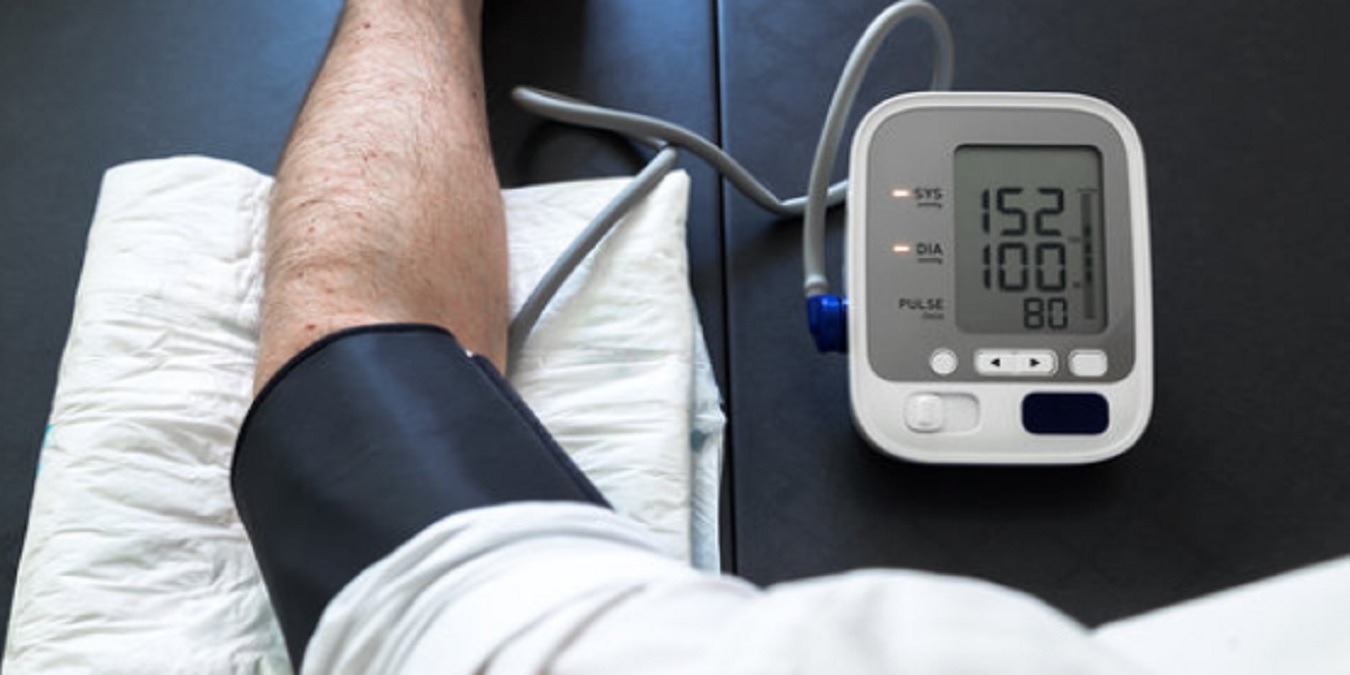
Sudden spikes in blood pressure (BP) are a major risk factor for strokes, kidney failure and other medical emergencies. Indeed, it can be life-threatening to those who have advanced hypertension or orthostatic hypotension (fainting.) Thankfully, monitoring your own BP has never been easier. The evolution of technology has brought us a plethora of smart devices which help you maintain this vital sign.
Below, we have listed the various types of smart technologies to monitor your blood pressure at home. While most of these devices have been laboratory-tested, at least a few have medical grade levels of reliability. This means they can help even a physician provide accurate diagnosis. Read on to find out which ones do!
1. Smart Cuff Blood Pressure Monitor
When it comes to self-monitoring blood pressure, many patients seek the convenience and familiarity of a wide-range cuff (9″ to 17″). Recent advancements have made these cuffs wrist-worn, small and portable. OMRON offers a wrist-worn cuff with circumference between 5.3″ to 8.5″. It’s more portable than the conventional arm cuff design. Also, multiple users can track their BP separately, which is a good pressure-monitoring option for the whole family.
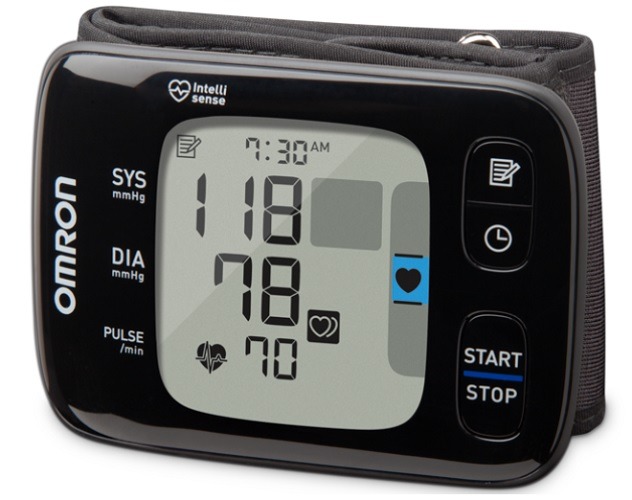
Smart features include Bluetooth connectivity, which syncs to iOS or Android phones via a Connect app. It also has BP indicator lights which give different readings, such as “Green” for normal and “Orange” for hypertension. Costing less than $65, the OMRON 7 series is affordable, as it gets up to 90 readings for one user. OMRON further claims its Wireless Bluetooth monitor is a leading doctor and pharmacist-recommended brand.
OMRON also offers a complete remote patient-monitoring solution called VitalSight. It was recently introduced during CES 2021. To know more about the right BP monitor for your needs, you can check its product selector.
2. Blood Pressure Smartwatches
While we wouldn’t recommend fitness trackers and smartwatches for high-risk patients, healthy adults can purchase them to manage their regular fitness levels. In fact, many smartwatch manufacturers, such as YAMAY, state that the BP and blood oxygen levels they claim to measure are for reference only and cannot be used for medical purposes.
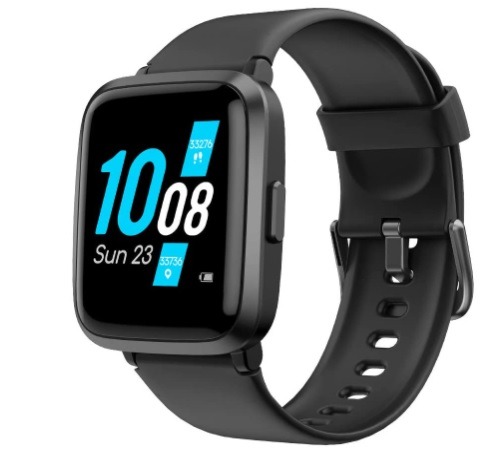
The technical term is “calibration,” where you have to manually fill in your BP values in an app based on testing on a real pressure-monitoring device. This is actually true of most fitness trackers on the market. Very few can measure BP without calibration. OMRON HeartGuide is one of them: it’s FDA-cleared and performs traditional oscillometric measurement using an inflatable cuff.
3. Fitness Bracelets and Trackers
Differing only in their form factor, smart fitness bracelets are very similar to wristwatches but can keep track of BP based on an initial calibration with a real pressure monitoring device. MorePro offers a good option if you’re looking for a cheap yet sleek pressure monitoring bracelet. Again, one should read the fine print on these bracelets and trackers, as they can’t be used for medical grade BP monitoring.
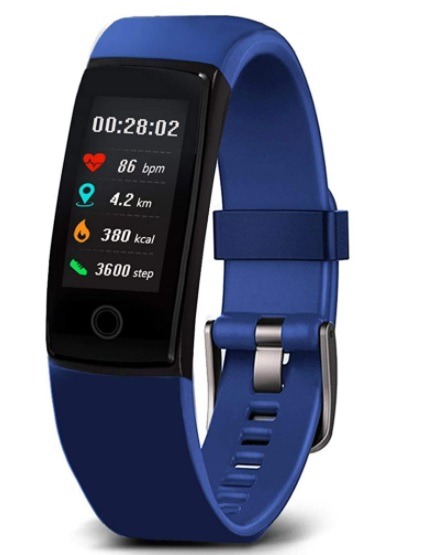
4. Smart Rings
Smart rings, such as the ones by Oura, have been the rage during CES 2021. Instead of wrapping a bulky cuff or even a wristwatch, you can get all your fitness information on a tiny finger. Vivae has one such ring, and they claim that BP measured using one’s finger is more accurate than wrist or arm-cuff devices. Connected by Bluetooth Low Energy (BLE) to an app, the ring uses smart memory materials, thin film force and a tiny pressure sensor. Currently, the smart ring device is only available for pre-ordering. We are not sure whether this specific ring device is medical grade.
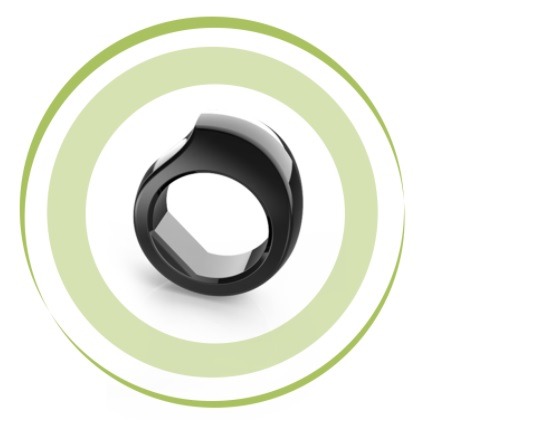
5. PPG Sensors
The technical way to monitor blood volume changes is through an optical device called Photoplethysmogram (PPG). They are present as pulse oximeters in various areas of the body, including index fingers, ears, and other areas of the skin. While there are sophisticated medical devices available for this, Valencell has pioneered a PPG sensor for the consumer market, which can be integrated in almost any wearable device. It is calibration-free, which means you don’t need to cross-check it with another BP monitoring device. They have licensed their PPG sensor technology to various OEMs, including Sony, Jabra, Huawei, Fitcare, and Scosche.
6. Blood Pressure Earbuds
According to Ryan Kraudel of Valencell, the human ear is one of the best areas to monitor blood pressure and other vital signs. During CES 2021, they introduced a smart hearable solution which looks like just normal earbuds. With such a tiny form factor, and by delivering great accuracy, Valencell addresses a huge market need for such hearable devices. In due time, we should see more device manufacturers come with hearables that monitor BP and other vital signs. The best part is that it’s a medical grade technology available for cheap.
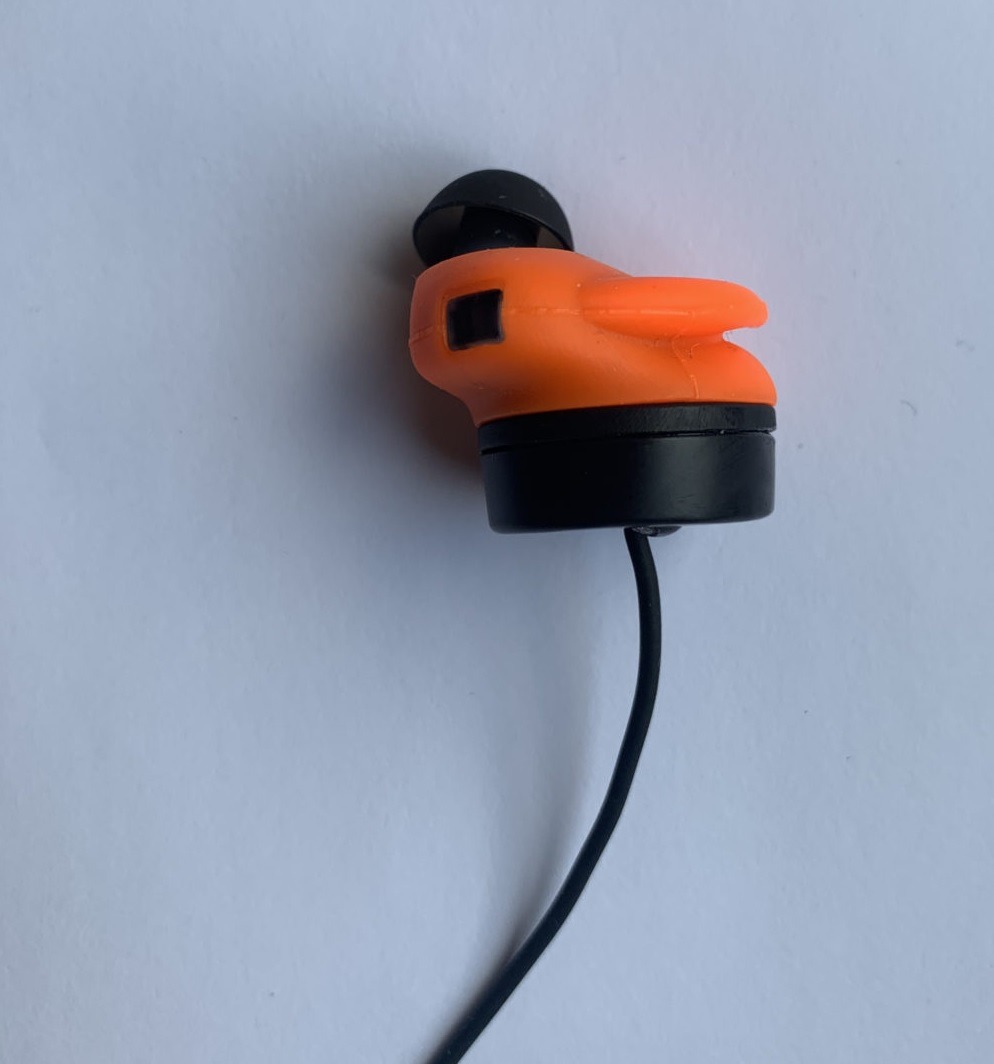
7. Video-Based Pressure-Monitoring Apps
Can you measure your BP using a smartphone app alone? While many of these apps have a dubious distinction, Israel-based Binah.ai has announced a video-based solution during CES 2021, which takes a simple look at your video and provides an instant summary of your vital signs. Although their app cannot monitor BP presently, they are looking to introduce the feature soon.
Final Notes
As one of the essential vital signs of health, blood pressure monitoring has come of age with the latest IoT technologies. Whether you will take readings for the first time or are considering replacing your existing cuff, you will find a technique above suited to your needs and budget.











